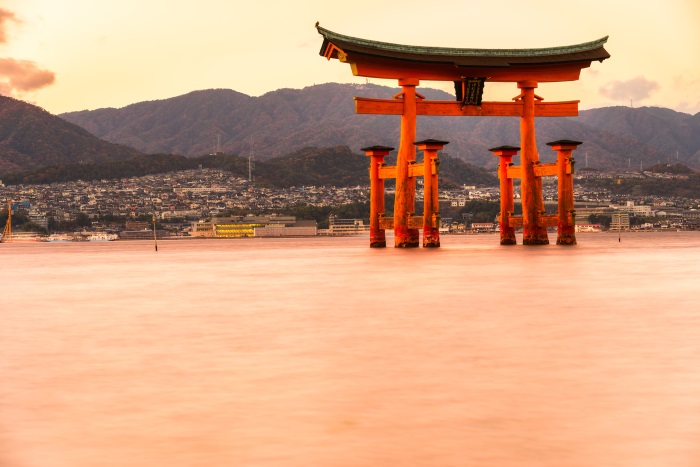It can be daunting trying to access a foreign property market, particularly if you’re coming up significant linguistic or cultural differences. But if you’re keen to invest in Japanese property we’re here to help you get to grips with some of the basics.
The first thing to be clear on is that as long as you have the funds, there aren’t any insurmountable barriers to a foreigner buying property in Japan. However, buying a home doesn’t mean that you’ll be granted a residency permit.
Additionally, if you’re looking to secure a loan from a Japanese bank or lender then you must prove some kind of residency status; some banks need you to be a permanent resident, while others just need temporary residency in order to proceed.
When you’re house hunting, Japanese real estate listings often abbreviate the detail of the house into simple letter and number combinations. 1R means a one room apartment, for example, while L, D and K represent living rooms, dining rooms and kitchens respectively.
Because space-efficient Japanese homes often have living rooms, dining rooms and kitchens all in one, ‘1LDK’ indicates a one-room apartment with an area for dining as well as a kitchen. This doesn’t mean that you have to settle for smaller, however, as along with bigger houses in general there are also 2LDK and 3LDK properties. On the other end of the scale, between 1R and 1LDK are 1K and 1DK residences.
‘S’ typically stands for a storage room or a ‘free room’; this may be as small as a walk in wardrobe or as large as a guest bedroom. Taking all this into consideration, a 2SLDK residence could technically be a 3SLDK, as you could turn the storage space into something more functional.
Outside of the numerous apartment buildings, Japan offers modern and traditional homes to potential buyers. Modern homes feature all of the utilities you might expect, while efficiently maximising use of space in their designs.
The ‘traditional’ Japanese home is much more down to earth, being built primarily of materials like wood and paper. Recognisable features include the traditional Japanese wood-and-paper divider, called a shoji, as well as fusama – sliding panels that can be used to reconfigure room layouts through their use as movable walls and doors.
One proviso when buying property in Japan is to check if it is located in an earthquake risk zone, which may explain a ‘too-good-to-be-true’ bargain. Buying a house in such a zone is a bit of a gamble, but whether or not it’s worth the risk can depend on your long-term plans for owning property in the nation.
When it comes down to the purchasing process, it can be useful to hire a translator to help you through any tricky areas. Japanese property lawyers can often double as translators, which helps minimise the complications (and costs!) of the purchasing process.
As is the case anywhere, buying a house in Japan typically involves a bit of paperwork. To start with, you need to fill out an application form including your offer and a deposit, along with details of how you will pay if the offer is accepted.
If you’re applying with the services of an agency, this is where the technical terms are explained, as well as what the total costs you might need to pay are. These extra costs include a stamp tax and commission for any agents hired, among others.
If you want to be particularly traditional when signing the property documents, you can use your own personal inkan, a solid cylinder used to stamp the name of a person or company.
The Japanese property market has been seeing steady price growth, and home values could spike as the Tokyo 2020 Olympics draw nearer thanks to the investment these events typically inspire.
Be sure to keep an eye on the Everything Overseas blog if you’re thinking of saying ‘konnichiwa’ to a Japanese home as we’ll be keeping track of all the latest foreign property news.








